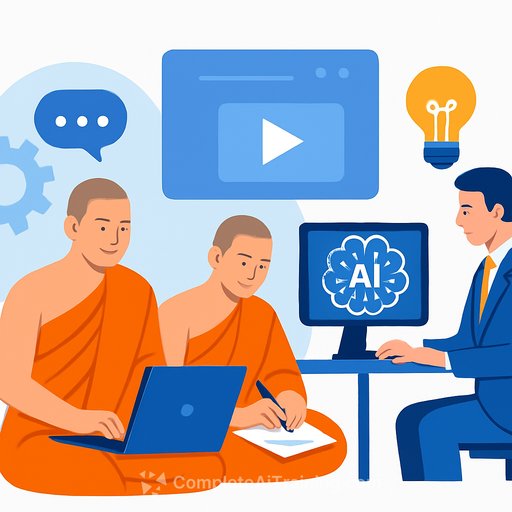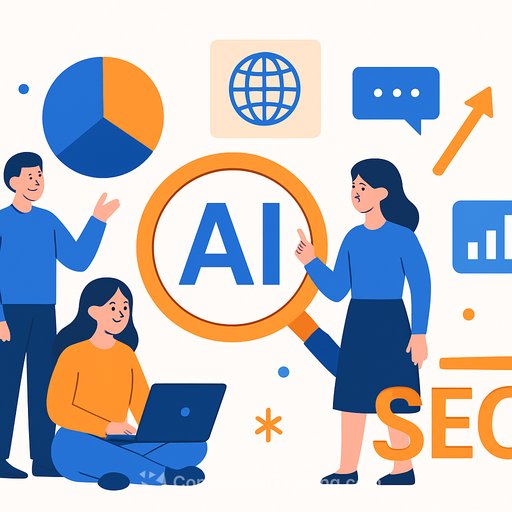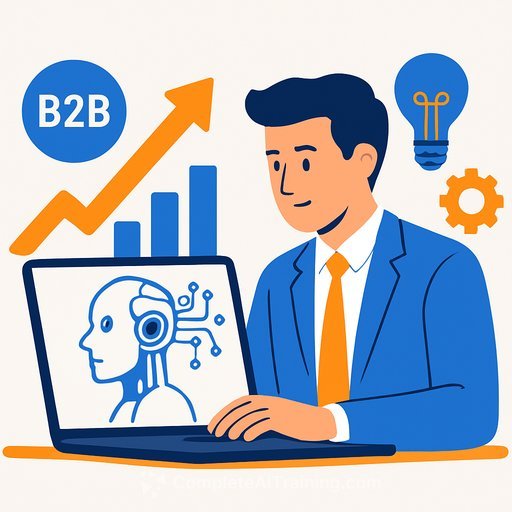GM's AI Content Bet: What Marketers Should Take From It
General Motors added Monks to its agency roster in June 2024 with a clear mandate: use AI to speed up content production. That single line says a lot about where large brands are headed. Volume, variation, and velocity now compete with big-idea craftsmanship. The teams that win will ship fast, iterate faster, and keep standards tight.
What "AI-accelerated content" actually looks like
- Modular content: headlines, CTAs, visuals, and VO split into reusable components for quick recombination by channel.
- Variant generation: efficient creation of hundreds of on-brand permutations for regions, offers, and audiences.
- Dynamic creative: data-linked rules push the right asset to the right micro-segment in near real time.
- Synthetic production: AI-assisted product visuals, scenes, and language versions to reduce reshoots and latency.
- Automation backbone: briefs, prompts, QA, and approvals stitched into one workflow that logs every decision.
Why this matters for your plan
Media gets cheaper when creative scales with it. The next point of leverage is a content supply chain that can match your audience map, not the other way around. AI is the force multiplier, but the operating model is the make-or-break.
Operating model shifts to plan for
- Create a single taxonomy: product, offer, audience, channel, and campaign tags shared across teams and tools.
- Stand up a content engineering pod: prompt writers, data ops, and QA inside creative ops.
- Build a component library: brand-safe headlines, CTAs, disclaimers, and visual motifs ready for reuse.
- Wire data to creative: CRM, SKU, and inventory signals influence variants and pacing.
- Governance by design: pre-approved prompts, restricted vocab, legal templates, and automated checks.
Guardrails you need on day one
- Brand and legal guardrails: banned claims, regulated terms, talent usage, and disclaimers enforced in prompts and validators.
- Provenance and watermarking: declare synthetic media and track asset lineage. See C2PA.
- Risk controls: keep sensitive data out of public models; run review stages for compliance-heavy assets.
- Bias and quality checks: benchmark tone, diversity, and representation; audit monthly.
- AI governance: adopt a documented risk framework such as the NIST AI RMF.
Metrics that prove it's working
- Cycle time: brief to first asset, and first asset to launch.
- Content velocity: approved assets shipped per week by channel.
- Reuse rate: percent of components reused across campaigns.
- Variant performance: win rate of AI-generated versus baseline creatives.
- Cost per asset: production cost down, performance holds or improves.
30-60-90 day rollout
- Days 0-30: Map current workflow, define taxonomy, pick two pilot use cases (e.g., paid social variants, email localization). Create brand-safe prompt and style libraries.
- Days 31-60: Automate briefs to drafts to review. Add checks for claims, talent rights, and product specs. Start weekly performance reviews to prune weak variants.
- Days 61-90: Expand to two more channels. Connect CRM and product feeds. Report on cycle time, reuse, and lift. Lock governance and scale.
Sample pipeline for an automaker launch
- Ingest: product specs, trim options, pricing, availability, safety notes.
- Plan: audience matrices by region and offer windows.
- Create: generate scripts, headlines, and visuals from approved components.
- Localize: languages, disclaimers, dealer info, and incentives.
- QA: fact-check specs, verify disclaimers, and confirm brand tone.
- Distribute: DCO for paid, modular story for owned/CRM, templates for dealer pages.
- Learn: performance loop feeds back into the component library.
Team and budget implications
- Shift spend from net-new shoots to component libraries, localization, and data integration.
- Up-skill creatives on prompt craft and AI QA; pair them with data and legal early.
- Consolidate tools where possible; prioritize systems that support version control and provenance.
What to do next
Pick one high-volume channel and one regulated asset type. Build the component library, write the prompts, set the guardrails, and measure cycle time and performance. Momentum beats perfection.
If your team needs structured upskilling, explore practical courses and certifications for marketers: AI courses by job or the AI Certification for Marketing Specialists.
Your membership also unlocks:






